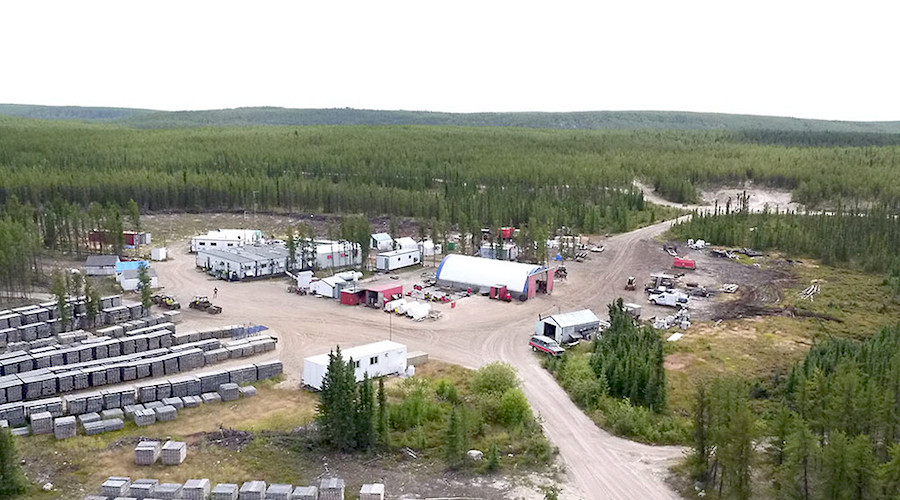
President and chief executive, David Cates, said the company would “in the coming days” give formal notice to the Canadian Nuclear Safety Commission (CNSC) and the Saskatchewan Ministry of Environment to restart the process.
The company said the environmental assessment was a critical element for a development decision of what would be Canada’s first in-situ recovery uranium mine.
“These notifications will inform the regulators of Denison’s intention to resume various activities designed to meet the regulatory requirements for an Environmental Impact statement (EIS) of Wheeler River,” he said.
Before halting the regulatory process, Denison was aiming to submit a draft EIS in early 2022.
With more than $29 million in cash on the balance sheet at the end of October, Cates said the company was well-funded to pick up pace.
Denison has already approved certain EA discretionary scopes of work for the rest of 2020, which would be part of the C$700,000 of additional evaluation expenditures outlined in its September quarter report.
The company said the EA is a critical element for a future development decision.
Denison has other assets in the Athabasca Basin, including a 22.5% interest in the McClean Lake uranium mill, which processes uranium from Cameco’s Cigar Lake mine.




